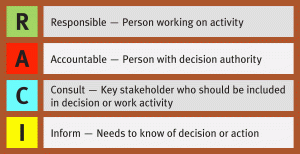Online Safety and E-Mail Security
“Anonymous” is not Always “Anonymous”
Company IT departments have the ability to observe users trying to use software to be online “Anonymously”.
Most company Acceptable Use Policies include wording which has something along the lines of: “Employees should not try to hide what they are doing online.”
Using a proxy may bring you increased anonymity, but nothing is guaranteed.
Internet browsers often disclose personally identifiable information.
You can be identified and located through DNS, Cookies, and Flash objects.
PDF and other files can have “beacons” embedded which track your computer and location
data.
MINIMIZE Online RISK
Only go to work-related sites. Do not click on advertisements or “click-through” to websites which are offering something you need or are interested in. Perform the search yourself from a provider’s website.
Do not use proxies or other web surfing anonymizers at work. They can be decrypted and are often the source of malware.
Most company networks log user traffic, which can be accessed if needed or as required for compliance or legal proceedings.
If something looks wrong with a website, do not click on anything and call the IT Department for help.
MINIMIZE YOUR E-MAIL RISK
Never send credit cards or personal information in an e-mail unless you encrypt it first. If you use Microsoft Outlook, there is plugin which will allow you encrypt any outgoing email.
Keep computers and mobile devices updated, and use automatic update settings when possible.
By using caution and following these tips, you can help secure your computer or device, and protect your information. If you need help with a specific device or setting, contact your IT Department.




















